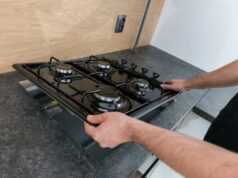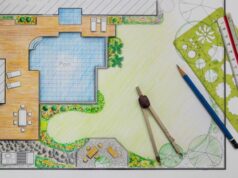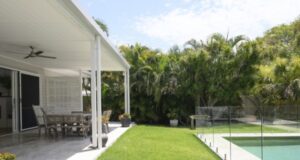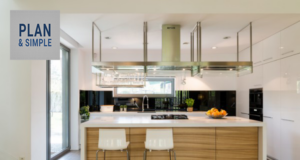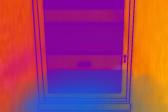
In many cases, ventilation in a house is unintentional, and comes from small gaps and crevices. This kind of ventilation, in some cases, has a big effect on a house’s air quality.
What is air infiltration?
‘Infiltration’ is a bit of a negative term; spies ‘infiltrate’, and so do diseases. In terms of ventilation, infiltration isn’t necessarily a bad thing, but it’s not always good, either. In a nutshell, infiltration refers to a type of unintentional ventilation where air ‘accidentally’ enters the home. Small leaks and flows of air around window frames, under doors and through floorboards all count as infiltration. The opposite of infiltration is ‘exfiltration’, which refers to air leaking out of a home.

What role does infiltration play in climate control?
A tight building design is normally best when it comes to cooling, heating and ventilation, simply because it allows greater control over the indoor climate and air quality. Most homes, particularly those that haven’t been designed with a militant focus on passive design, have cracks in walls or areas under doors where air can infiltrate into a home. From an air conditioning and heating perspective this is a bad thing, and it will cost you money in power consumption. If heat escapes or enters your home when you don’t want it to, it will affect how hard your heater or air conditioner needs to work. For ventilation, however, air that sneaks in through cracks and other openings can actually be good for your health and unintentionally help to prevent ‘sick building syndrome’.
Sick building syndrome
The Building Code of Australia (BCA) states that “habitable rooms” require permanent access to fresh air and natural light, most commonly in the form of windows. This access is to come through an opening not less that 10% of the floor area. The primary reason for this is to avoid ‘sick building syndrome’. Studies show that people need natural light and fresh air for their health and wellbeing. Buildings where they don’t get this can often cause sickness or disease. Most of the time, sick buildings are a direct result of inefficiencies with air conditioning and ventilation. Much of the cause of the demise in air quality in a ‘sick building’ is due to build-up of moisture and mould. Infiltration unintentionally prevents this by helping to provide ventilation to areas that might not otherwise have it.
Obviously infiltration is not a desirable thing if you’re planning to carefully control the climate in your home, but in some houses it actually helps to improve air quality.
Fixing infiltration and leaks
Testing for infiltration and exfiltration can be done in a number of ways. The most effective way to test for infiltration and exfiltration in a home is using what’s called a ‘blower door’. Another way to test for infiltration in specific areas involves the use of thermographic or infrared cameras, which show particularly where air of a different temperature is entering a house.
|
Advantages
|
Disadvantages
|


